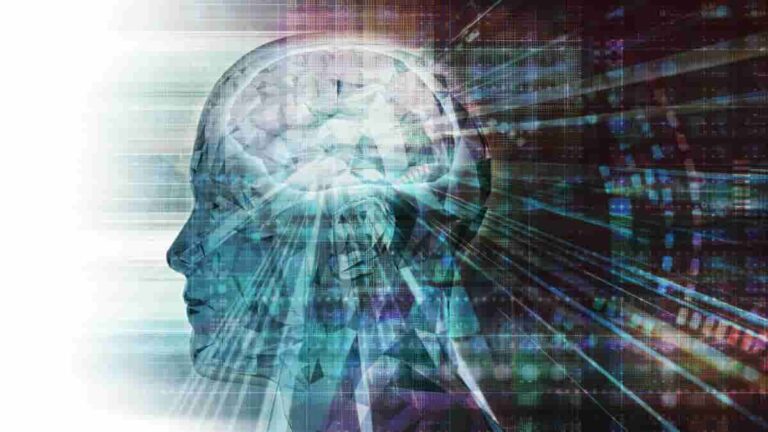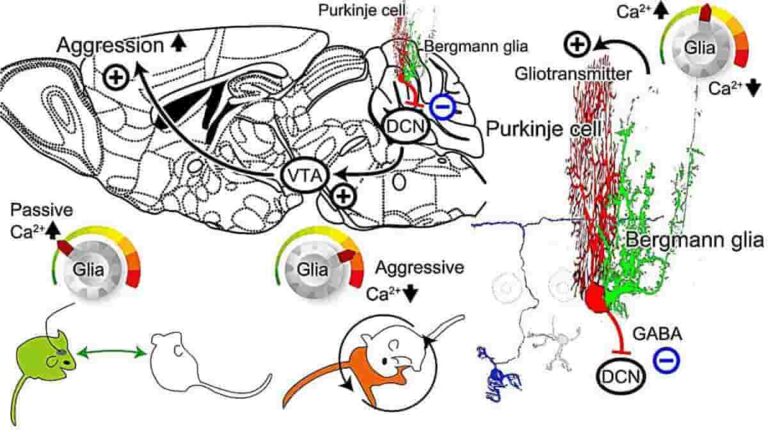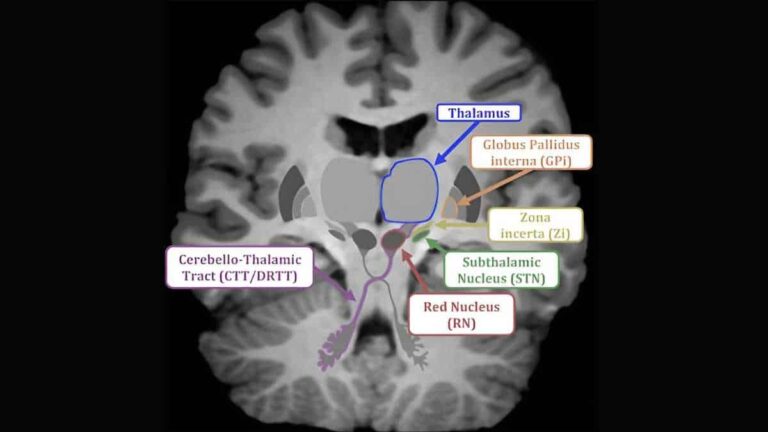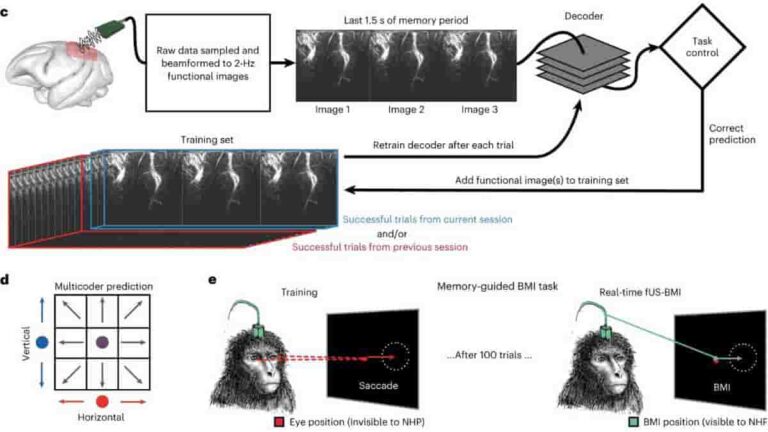The outbreak of COVID-19 made many people wonder about the effects of being alone. How do people react to time spent alone, are there benefits to increasing daily solitude, and is there such a thing as too much solitude? These inquiries speak to the aim of a growing corpus of research, which is to comprehend…
Deep Brain Stimulation Revives Cognitive Abilities After Traumatic Brain Injury
Gina Arata was in her final semester of college, preparing to apply to law school, when she was involved in an automobile accident in 2001. Her ability to focus was so impaired by the injuries that she struggled at her work sorting mail. “I couldn’t remember anything. My left foot dropped, so I’d trip over…
Cerebellum Neuron–glial Interactions Play Role in Aggressive Behavior
Researchers at Tohoku University have shown that neuron–glial interactions in the cerebellum set the tone of aggression in a recent mouse study. This finding raises the possibility that future therapeutic approaches to control anger and aggression may depend on modulating glial activity in the cerebellum. Aggression is frequently related to negative emotions. Aggression that is…
Newborn Babies Can Feel the Beat in Music
According to new research, newborn newborns can detect the beat in music. Researchers from the University of Amsterdam and the HUN-REN Research Center for Natural Sciences (TTK) in Hungary found that beat perception is a distinct cognitive mechanism that is already active at birth, not just due to newborns’ statistical learning ability. “There is still…
Is Mind-wandering Less Common in Older Adults?
We’re all guilty of allowing our thoughts to stray elsewhere when we should be focusing on something. Minor distractions are almost unavoidable. However, as we age, our minds wander less, and when they do, pleasant thoughts are more likely to divert us than worries, according to a recent study by Matt Welhaf, a postdoctoral researcher…
VLPFC Neurons Help in Processing Facial and Speech Information
A brain region associated with multisensory integration and working memory may also be significantly involved in the processing of social cues, according to recent research. Prior studies have established that neurons located in the ventrolateral prefrontal cortex (VLPFC) are responsible for integrating facial and vocal stimuli. However, this new study demonstrates that VLPFC neurons also…
Caudal Zona Incerta Brain Stimulation Lowers Involuntary Tremors
Deep brain stimulation in a relatively novel target area has been demonstrated to alleviate involuntary tremors in Parkinson’s disease and Essential Tremor for at least five and ten years respectively, following therapy beginning. Furthermore, by using this target area, the operation might be performed under general anesthesia. This is demonstrated in Rasmus Stenmark Persson’s thesis…
Less-invasive Brain-machine Interfaces Use Functional Ultrasound
Brain–machine interfaces (BMIs) can read brain activity and transform that activity to control an electronic device like a prosthetic arm or computer cursor. They have the potential to let people with paralysis move prosthetic devices with their thoughts. Many BMIs necessitate invasive brain procedures for electrode implantation in order to monitor neural activity. However, in…
PTSD Brains Represent Traumatic Memories Differently than Sad Memories
A new study of the brain activity of people suffering from post-traumatic stress disorder (PTSD) is the first to show that traumatic memories are represented in the brain in a completely different way than sad autobiographical memories. This finding supports the idea that traumatic memories in PTSD are a distinct cognitive entity distinct from regular…








